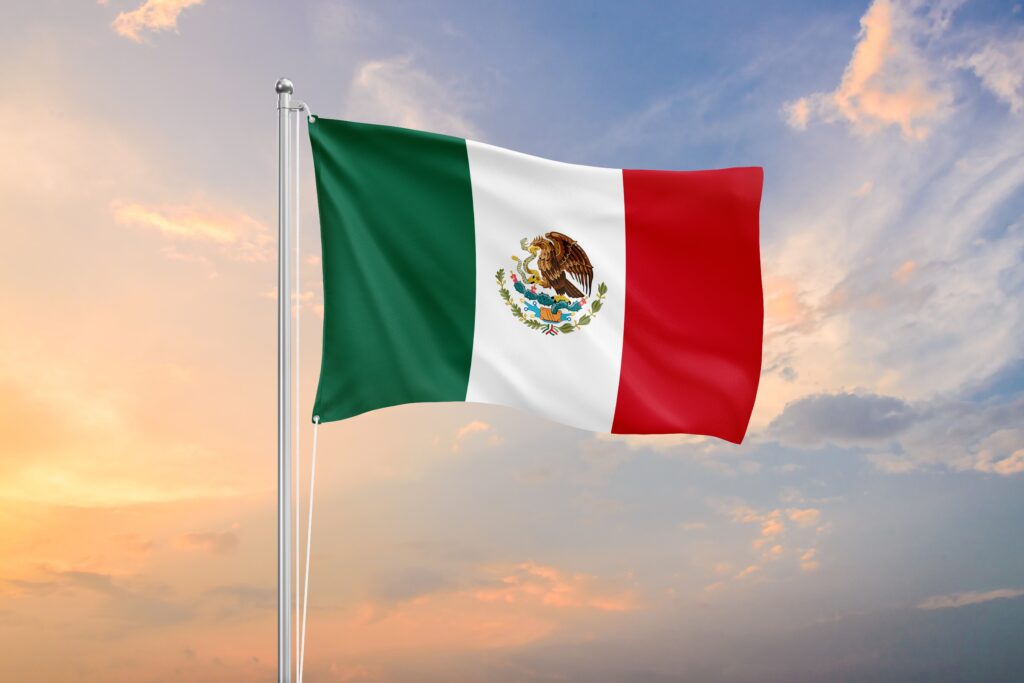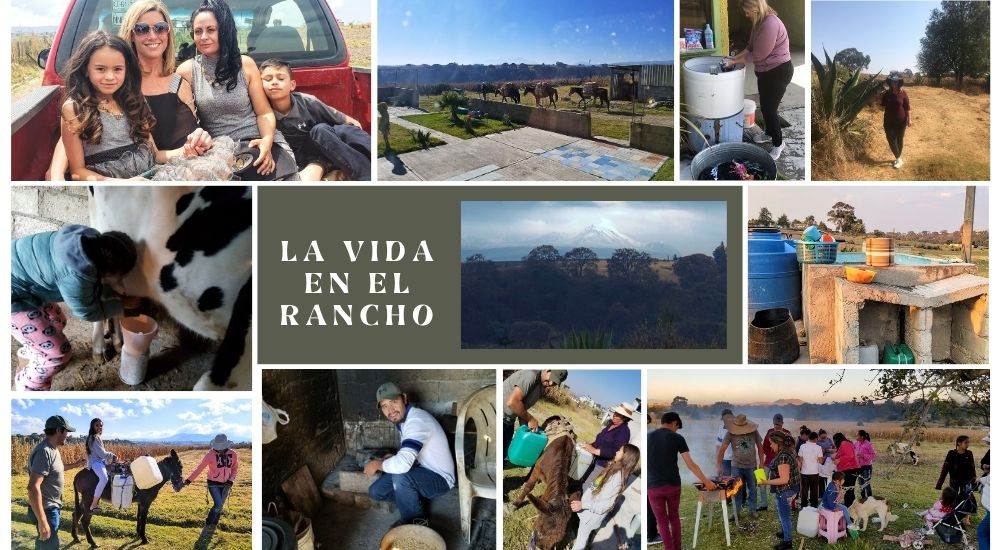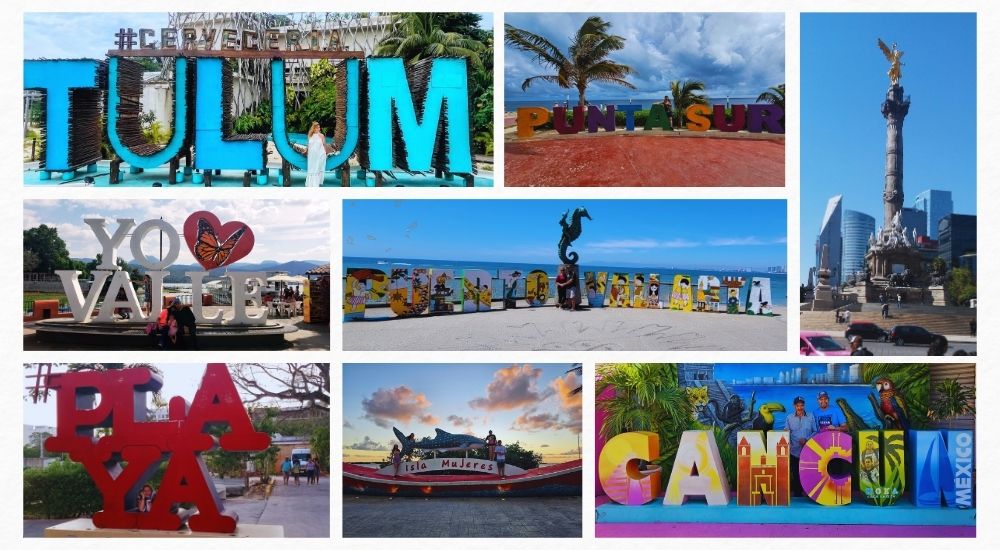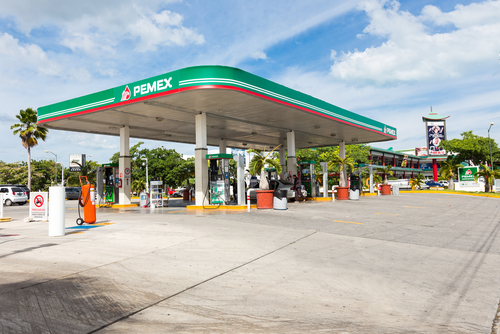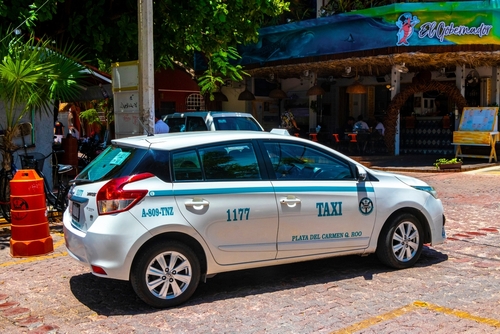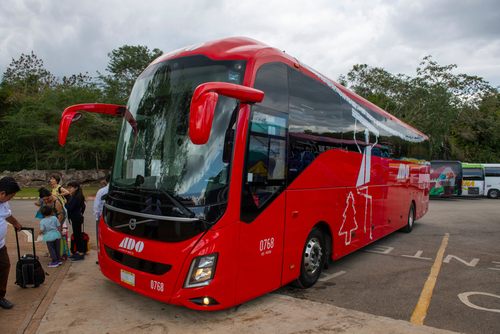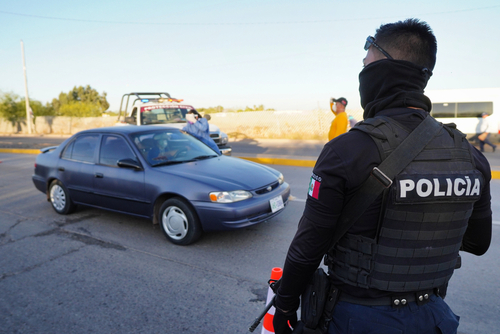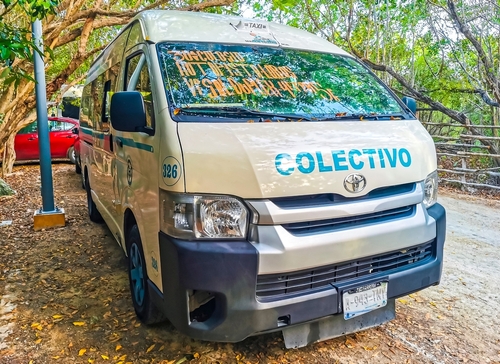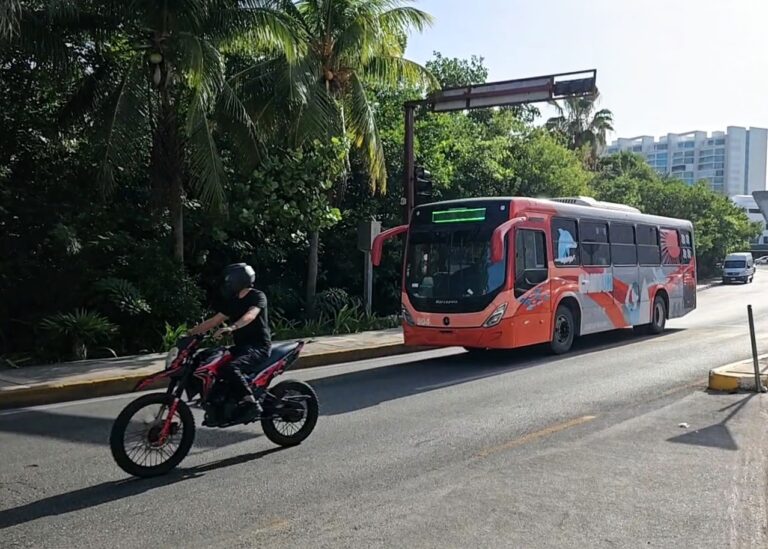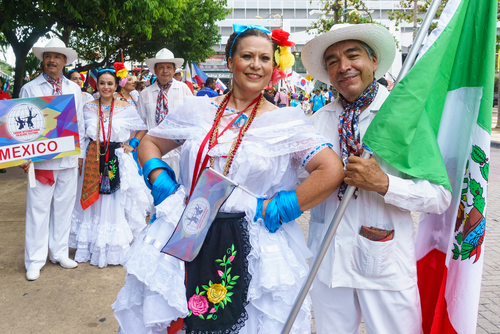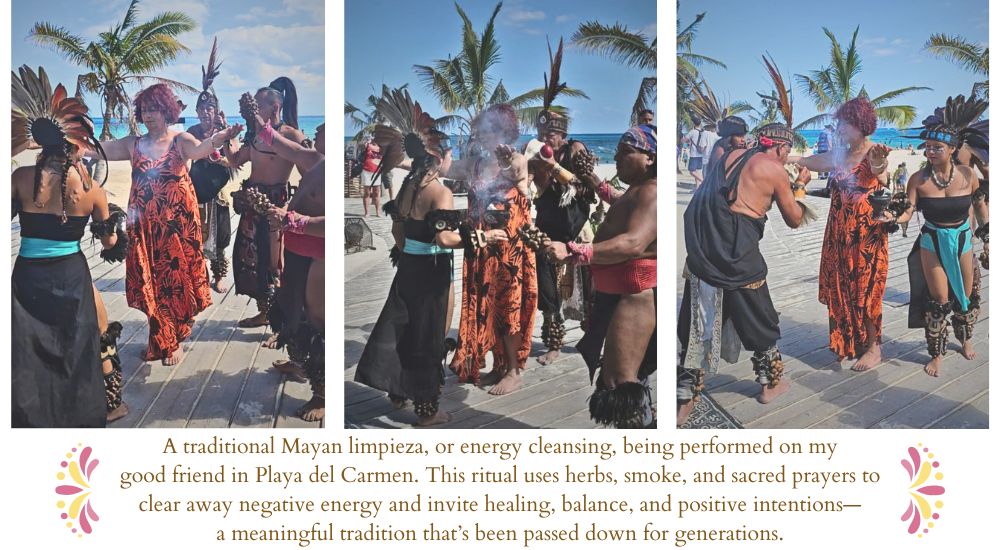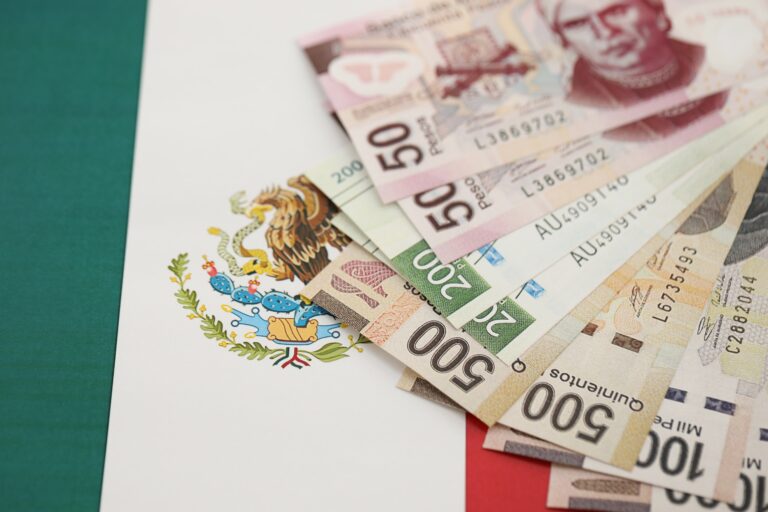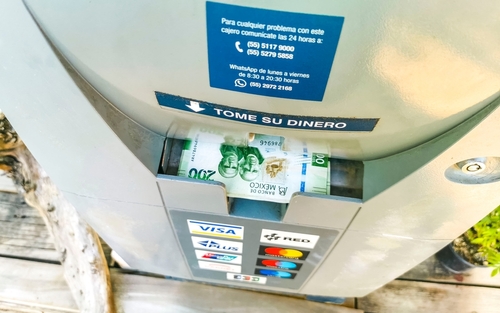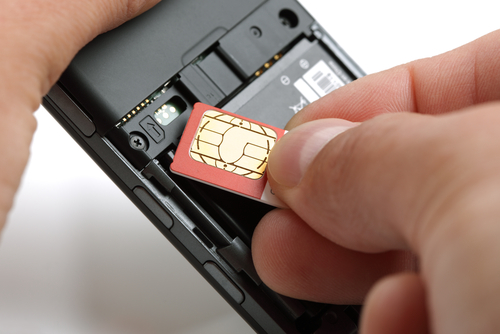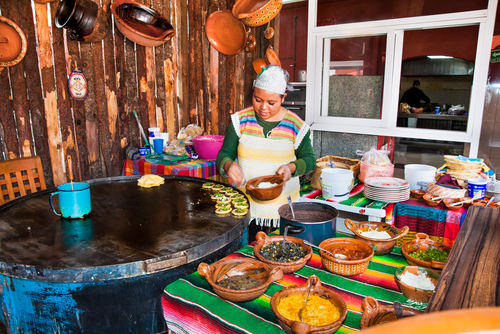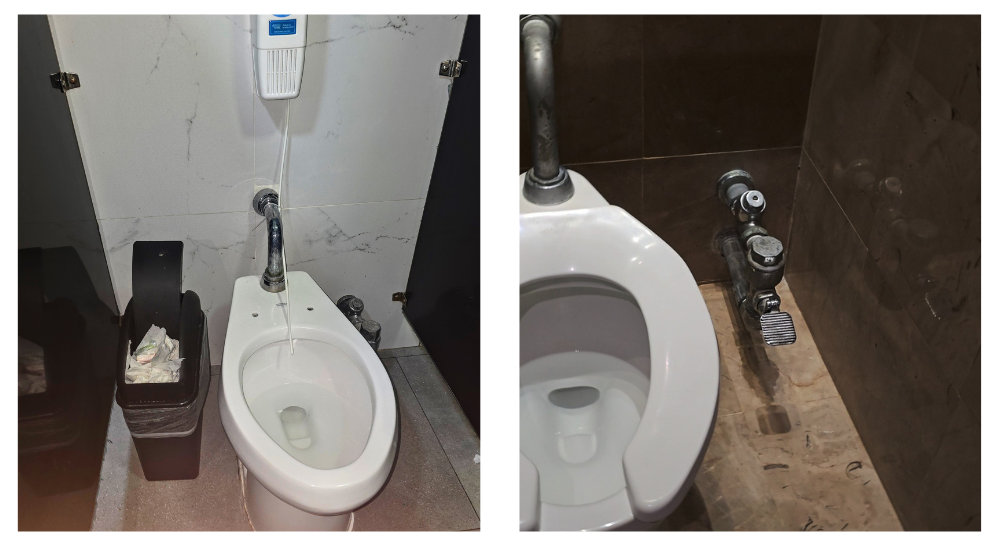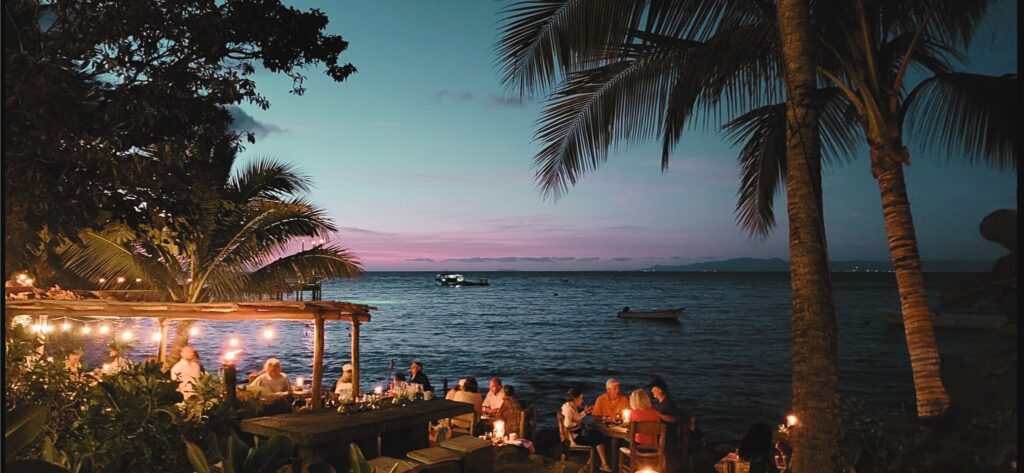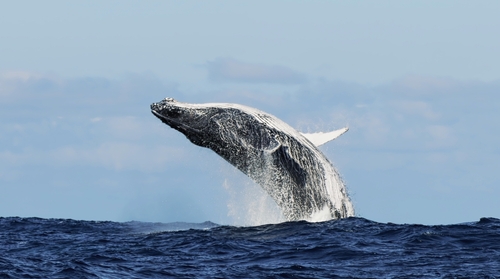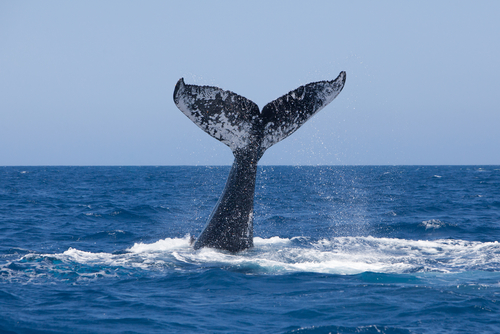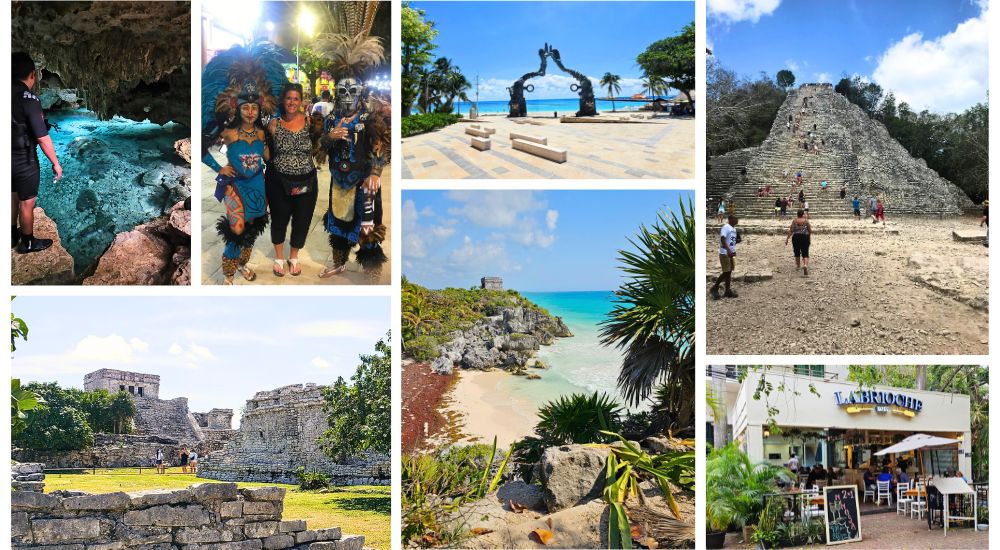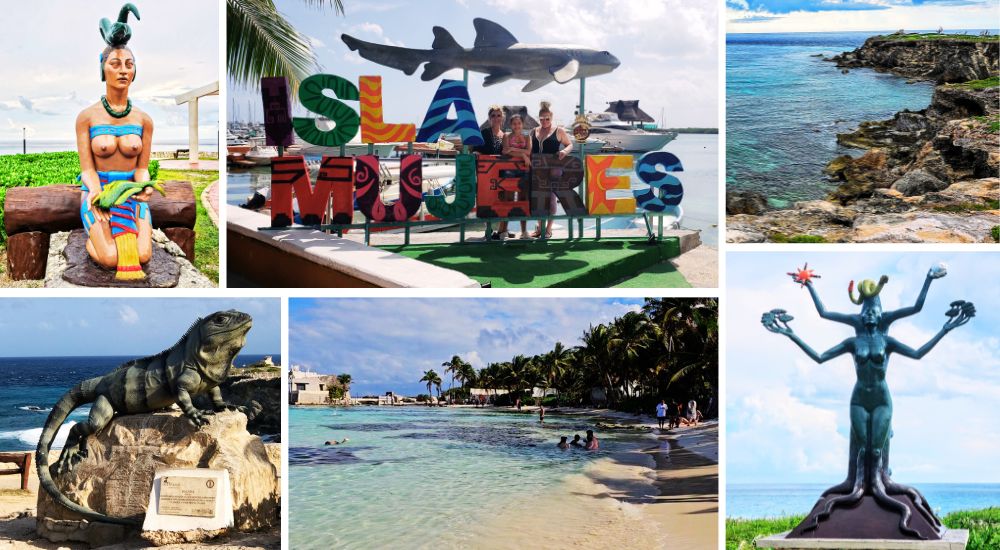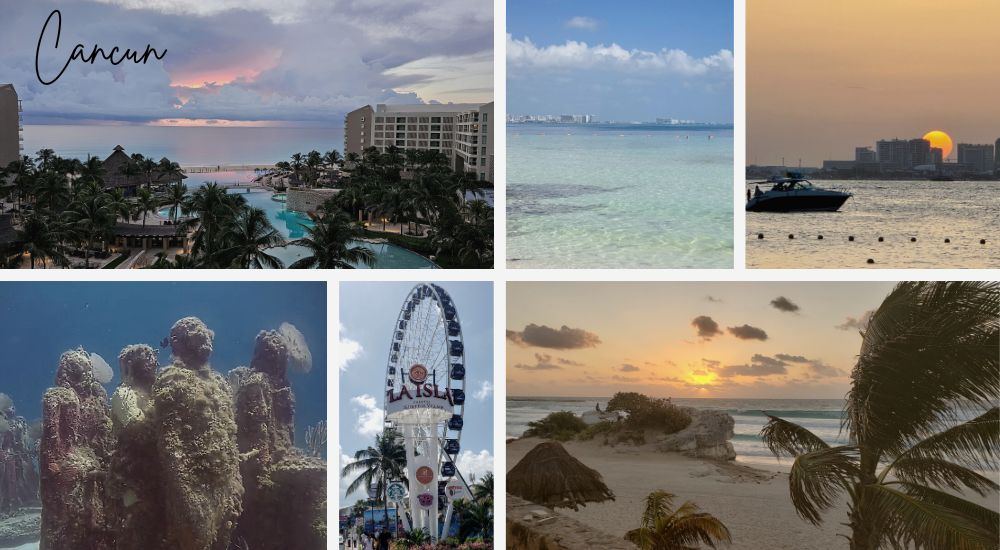Taxis: Always ask the price before you get in. Many taxis don’t use meters, and rates can change depending on whatever the driver wants to charge. If the price sounds too high, try the next taxi. Competition keeps prices honest.
Uber: Uber is available in most large cities and is often cheaper than taxis. For safety, it’s best to keep transactions within the app, even if a driver asks for cash or tries to get you to cancel and pay them directly (yes, this does happen). This keeps you protected by Uber’s policies.
Renting a Car: Driving in Mexico is a great way to see the country on your own schedule, but it pays to be prepared. Choose a reputable rental company and check reviews before you book. On highways and near tourist areas, police checkpoints are common. These checkpoints are set up to check for proper documentation, ensure vehicle safety, and monitor for illegal activities. Typically, you’ll encounter a single lane where officers wave a flag, either allowing cars to pass through or signaling drivers to pull over to the side. Some tourists report that checkpoints may focus more attention on rental cars or foreign visitors, though I cannot personally verify this. Most stops are quick if you have your license, registration, and rental agreement ready. If an officer requests payment on the spot, ask for a written ticket and let them know you will pay at the designated station, which is the standard process.
While driving, stay alert for small motorcycles and scooters weaving between cars, and keep in mind that in some areas, traffic signals may not always be strictly followed. At busy intersections, you might encounter street vendors, entertainers, or window washers offering their services. A polite “no, gracias” works if you’re not interested. Finally, watch out for topes (speed bumps) that can appear without warning, especially in rural areas, and may be difficult to see.
Gas Stations: All stations are full service. Let the attendant do the work, but always watch to make sure the pump is reset to zero before they start pumping. Also, it’s customary to tip attendants about 10 to 20 pesos.
Buses: Public buses are a budget traveler’s dream and an excellent way to experience local life in Mexico. I actually love riding the bus in Cancun. They run everywhere from beaches to local markets, shopping centers, and residential areas, usually for less than a dollar per person each way. Most cities have extensive bus networks that connect tourist zones with authentic local neighborhoods that many visitors never see.
To use the system effectively, download a GPS app on your phone to track your location and know when your stop is approaching, as stops may not always be clearly marked. Board through the front door and exit through the rear door. Expect crowded conditions during rush hour when you may have to stand until a seat opens up. Buses can fill up quickly, especially on popular routes to beaches or markets.
For longer intercity trips, ADO buses are comfortable, affordable, and reliable. They offer assigned seats, air conditioning, onboard restrooms, and secure luggage storage. You can purchase tickets online in advance or at bus terminals, and routes connect major cities and tourist destinations throughout the country. These first-class buses are punctual and provide a safe, comfortable alternative to flying for travel between cities.
Colectivo: Shared vans or minibuses that run set routes between towns and popular areas, offering a quick and affordable way to get around for about 20 to 50 pesos per ride. You’ll need to wait on the side of the road in the direction you’re traveling to flag one down. Just pay the driver when you get off, and enjoy traveling like a local. These vans typically pack as many people in as possible and make several stops throughout their journey, so expect close quarters but an authentic local travel experience.
Airport Transfers: Pre-booked transfers are the easiest but not always the cheapest. You get a set price, someone waiting with your name on a sign, and clear instructions on where to meet in busy terminals. I only book with companies with high ratings and several reviews.
**For more information, visit Mexperience’s transportation guide**

